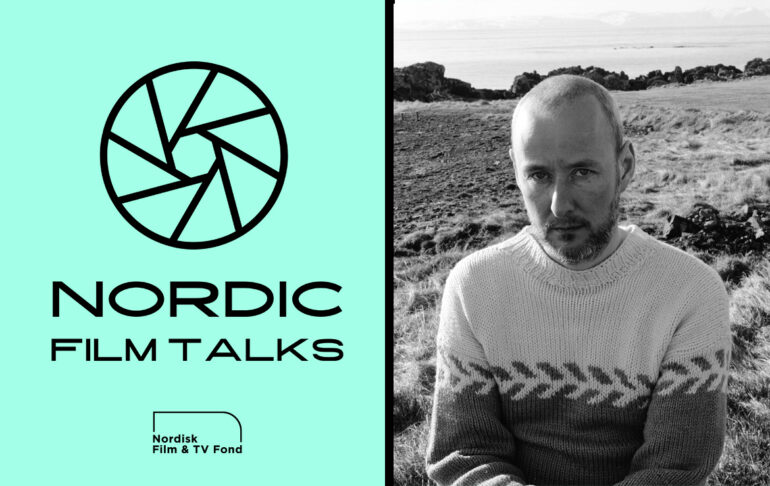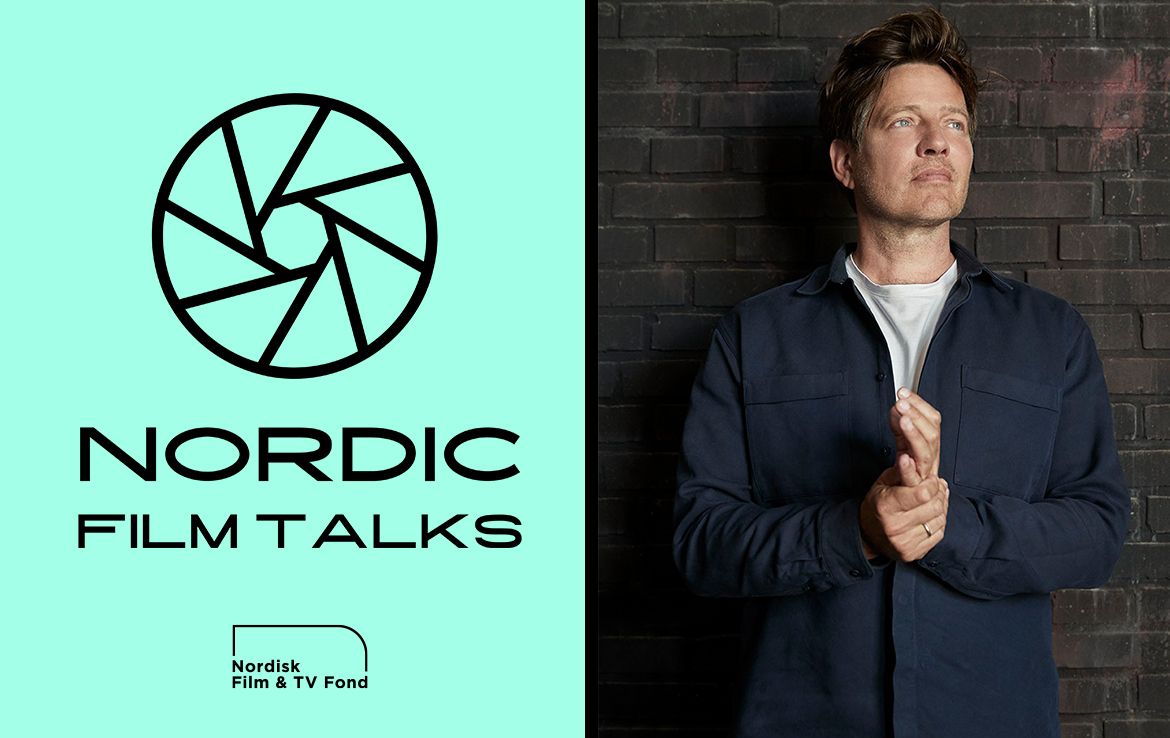
WRITTEN BY: Wendy Mitchell
The Icelandic writer/director, whose film opened Un Certain Regard in Cannes, talks about the beauty in the tragic and how he created his poetic film When The Light Breaks.
Rúnar Rúnarsson is very careful talking about his fourth feature film, When the Light Breaks (Ljósbrot), as he wants the audience to go into it without knowing what lies ahead. Ahead of its world premiere in Cannes, the Icelandic writer/director will only reveal that the film is about a group of young people who have a life-changing 24 hours after an “event” that shakes them.
He’d also rather not offer details about his personal inspirations behind this particular story. “All my films start with an urge of doing some kind of self-reflection…all my films are a mixture between first- and second-hand experiences and fiction as well,” he explains.
Rúnarsson is a Cannes regular – two of his shorts, Anna and 2Birds, were selected for Cannes, and his debut feature Volcano premiered in Cannes Directors’ Fortnight in 2011. After Sparrows won the San Sebastian Golden Shell in 2015 and Echo premiered in Locarno 2019, he’s back in Cannes with the opening film of Un Certain Regard on May 15.
The writer/director says he strives in all his films to portray life’s “grey areas” not just black and white extremes -- “We want the audience to get a sense of reality,” he adds. “Everyday living is not the biggest moments and the worst moments. It's everything in between… to work within the grayscale, then you can start to explore emotions and life.”
In When The Light Breaks, Elín Hall plays Una, a performance art student who finds herself on the outside of a friendship group who are all struggling to process the news of the shocking event. We follow them for just 24 hours.
“There can be enormous beauty in something tragic, we can have these contradicting elements,” Rúnarsson says. “That was one of the fascinations to work within this time limit…the story is finished but life continues – in stories we are being selective where we go into the timeline of things.”
Rúnarsson explains that gathering ideas for his films can take years – it’s not a formulaic ‘treatment’ that he writes and then expands on. “The metaphor I have for it is that I'm standing beside a river and I want to reach the other side. With every idea I write or think, I'm throwing rocks into the stream and I'm hoping to be able to step between the stones and reach the other side. Maybe I end up jumping a different route than I thought I would. But that’s when I’m writing the first draft.”
When he’s ready to sit down and write, “it comes relatively easy.”
Between script and shoot, he doesn’t rush. As Rúnarsson explains, “I'm not a fanatic but I do a lot of thorough preparations, with all departments, before the shoot. It helps us have this plan to fall back. So we can with possibilities that come up later -- like gifts, such as if there's a beautiful light coming in.”
He continues, “The more that you have an overall preparation of how you’re approaching things, how you're telling the story, the easier it is to have the flexibility as well to be spontaneous.”
One of his key collaborators is cinematographer Sophia Olsson, who he has worked with on all his films since the pair met at the National Film School of Denmark. She shot When The Light Breaks on 16mm. “Film is three narrative forms: it's the story, it's the visual and it's the sound,” the director explains. “At film school, our crew started to try to let these three mediums work together, not only rely on the story and just register the film. We try to use the possibilities of cinema by sound design and visual approach.”
When he and Olsson are preparing for a shoot, as with When The Light Breaks, they will go to each location (in this case some private homes as well as recognizable landmarks in his hometown of Reykjavik) and act out the scenes to get a sense of the space – “to consider the possibilities of a place”.
He doesn’t get too involved in which method or process each actor brings with them, but says, “all actors are human beings and as human beings we are all different. It's mostly about talking together, getting to know each other. It's important to have a mutual understanding and trust. It's really important for me that the actors trust me. If they feel that they may go overboard and I'm catching them, then they dare to go towards the edge again. So that's how I try to work.”
When The Light Breaks is Rúnarsson's largest co-production to date: The Party Film Sales handles international sales for the film; Rúnarsson serves as a producer alongside Heather Millard of Iceland’s Compass Films, in co-production with Iceland’s Halibut, Revolver of The Netherlands, France’s Eaux Vives and Jour2Fête; and Croatia’s MP Film. Backers were the Icelandic Film Centre, Iceland’s filming reimbursement scheme, Eurimages, Creative Europe MEDIA, Nordisk Film & TV Fond, The Netherlands Film Fund, The Netherlands Film Production Incentive, Croatian Audiovisual Centre, RÚV and YLE.
Rúnarsson finds it hard to compare his own films, but he does say that he hopes When the Light Breaks might share some DNA with his early shorts as well as more recent features Volcano (Eldfjall) , Sparrows (Þrestir) and Echo (Bergmál). “I hope in some kind of emotional sense that my films have some kind of a fingerprint, even though they are different at first glance. I’m interested in people: emotions and contradicting emotions.”
In the podcast interview Rúnarsson also talks about how to work with actors outside their security zones, the dangers of being too effective as a scriptwriter, how he found his very own working methods and why he wanted to explore young adulthood and group dynamics in the script of When The Light Breaks.
Listen to the podcast here:
The Nordic Film Talks is available for free on Nordisk Film & TV Fond’s website’s Industry Insight section (CLICK HERE) and distributed through major podcast platforms including Spotify, Apple Podcasts, iHeartRadio, Amazon, Castbox, Deezer, Podcast Addict, Podchaser and JioSaavn.


